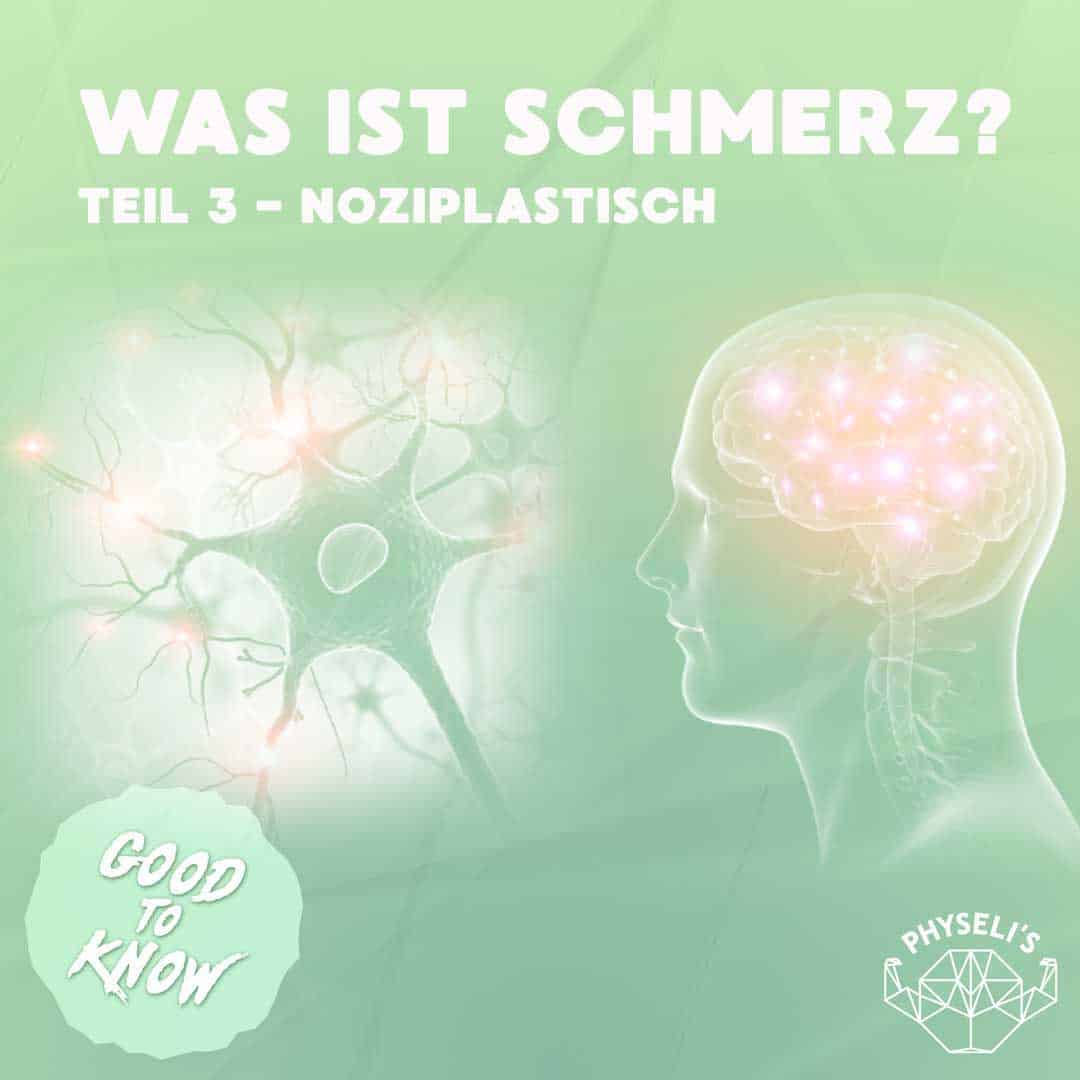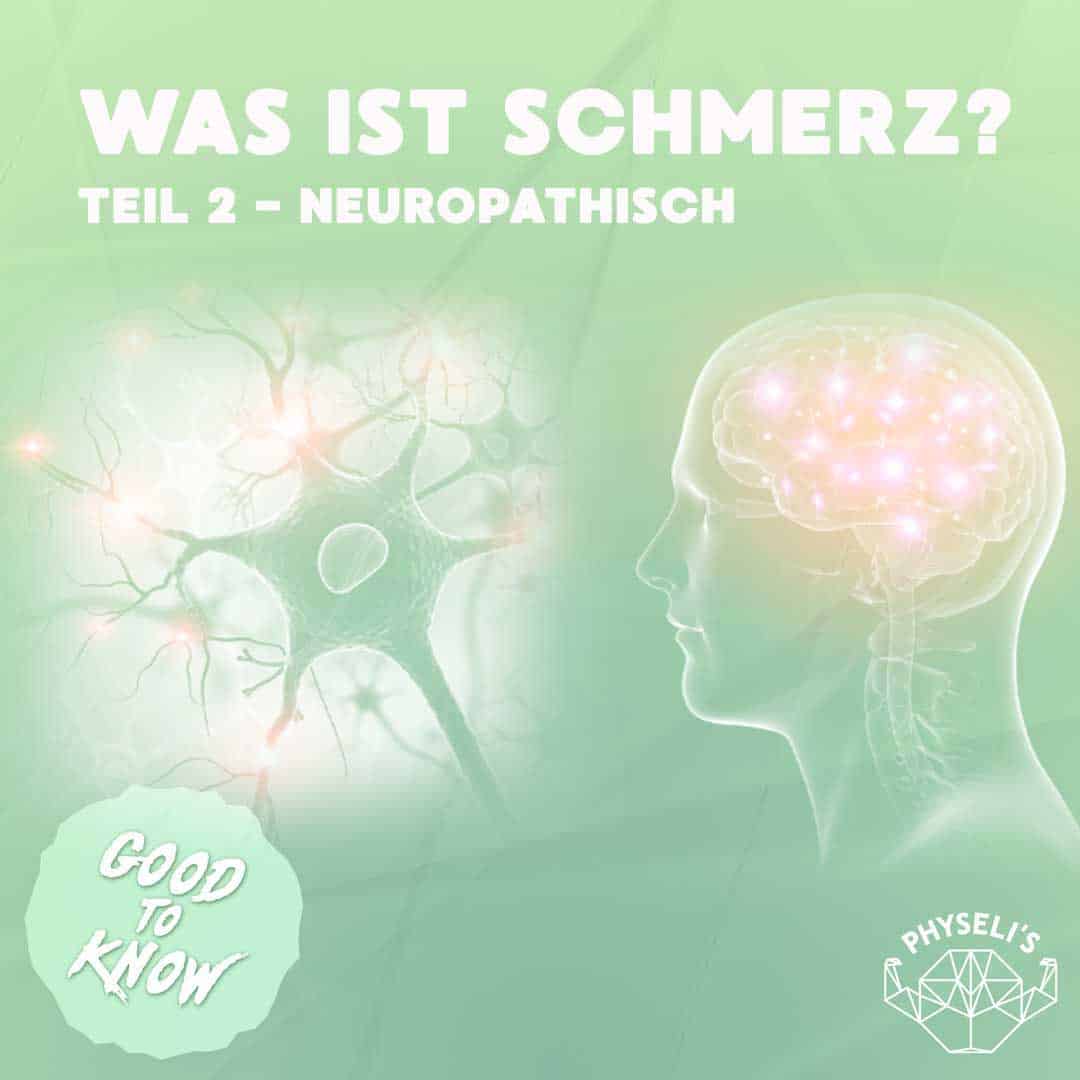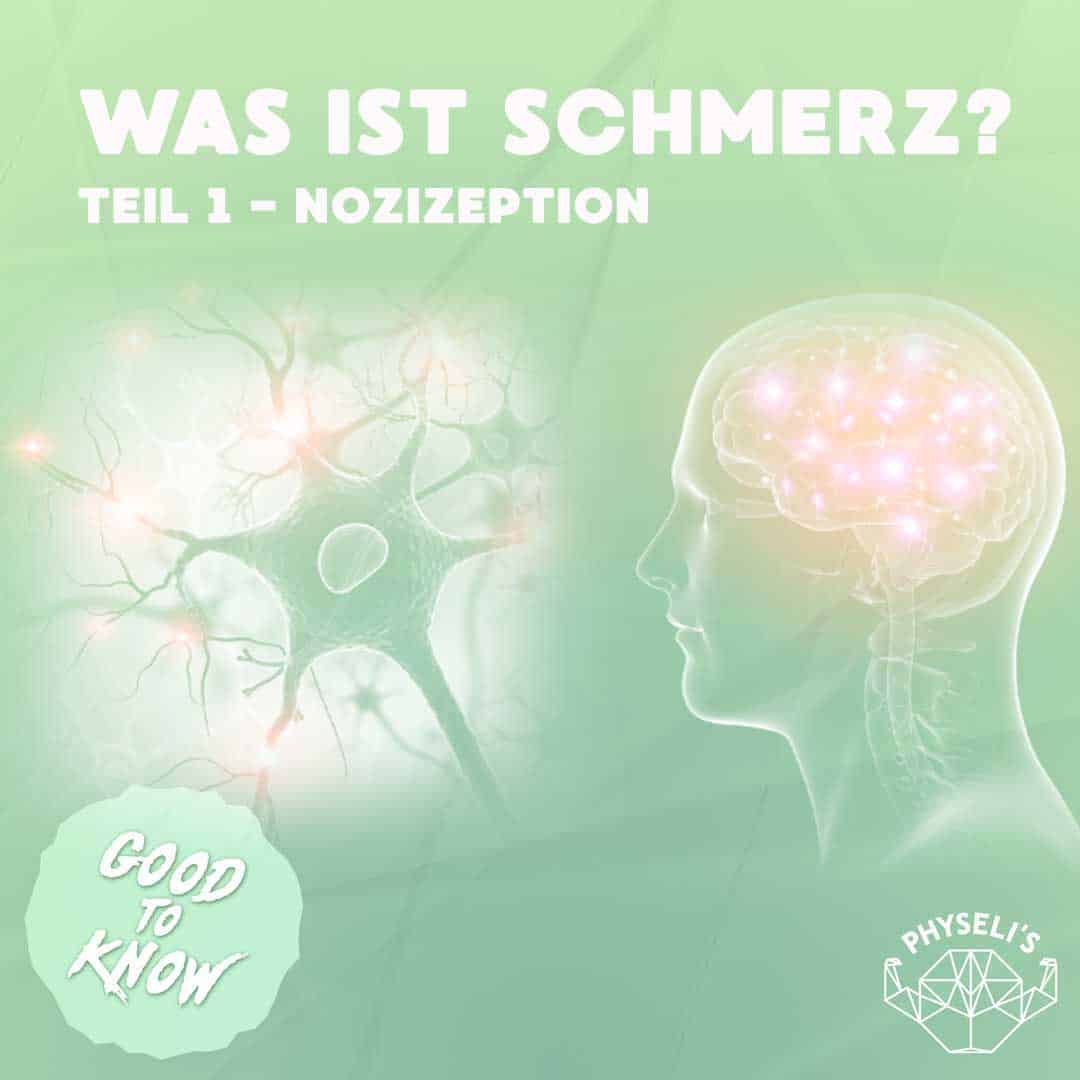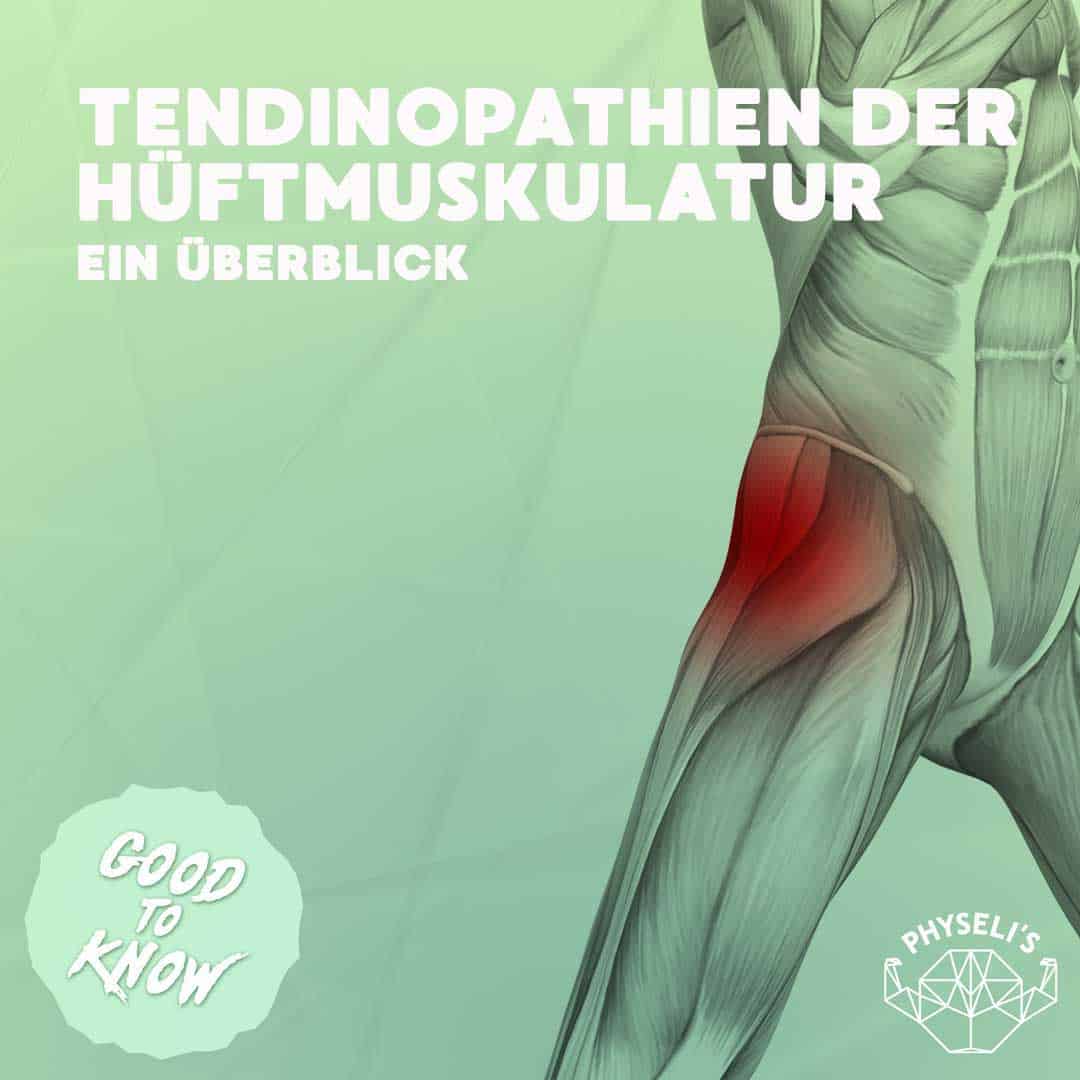Introduction
Pain is a complex 3-dimensional process (sensory, cognitive, affective) that can be based on different mechanisms.
In the first part of this series we looked at nociception and in the second part at the neuropathic pain mechanism.
In the third part, we will look at the nociplastic pain mechanism.
This is certainly the mechanism that is most frequently misunderstood.
The International Association for the Study of Pain (IASP) defines nociplastic pain as pain resulting from altered nociception without clear evidence of actual or impending tissue damage that could explain the activation of peripheral nociceptors or without evidence of disease or damage to the somatosensory system that could cause the pain.
How to pain?!
In the case of nociplastic pain, it appears that the main cause is not so much to be found at the level of the peripheral tissue, but rather in an altered perception of pain.
This results in increased processing or reduced inhibition of pain stimuli at several levels of the nervous system, or both.
In the all-encompassing complexity of pain perception, there are likely numerous initiating pathways that may lead to a final common pathway of enhancement of nociceptive perception, transduction and transmission.
Clinic & symptoms
Nociplastic pain is significantly disproportionate to any tissue operators, lasts beyond the expected wound healing times and is also frequently recurrent.
They are characterized by widespread allodynia (increased sensitivity to pain, reduced threshold) and hyperalgesia (increased sensation of pain).
Typically, the pain fluctuates both in location and intensity and can be intensified by physical activity, environmental stimuli (e.g. weather changes) or emotional stress.
However, pain is rarely localized.
Nociplastic pain is usually accompanied by other CNS-associated symptoms, such as fatigue and sleep disturbances, cognitive impairment, hypersensitivity to external stimuli and mood swings.
Identification in practice is important because patients with a noziplastic pain mechanism have:
- a worse prognosis
- More pain, more restrictions
- Less success with tissue treatments
Sensitization
The dominant mechanism behind this is central sensitization.
This is defined by a greater sensitivity/responsiveness of nociceptive neurons to normal or low-threshold input. This hypersensitivity is wide-ranging (e.g., touch, light, sounds, smells). In addition, there is also peripheral sensitization, which is characterized by an increased responsiveness of nociceptive neurons in the periphery.
For this reason, nociplastic pain and central sensitization should not be used as synonyms, as peripheral sensitization is usually also involved in a nociplastic pain mechanism.
The example of an acute skin injury can help to better understand these mechanisms: The skin area of the injury reacts to light touch (allodynia), heat and pinpricks (hyperalgesia). These are signs of peripheral and central sensitization processes. In the absence of a continuous trigger (e.g. resolution of inflammation), sensitization would either return to the normal threshold or become pathological and outlast the stimuli.
Peripheral input
A central question here is whether nociplastic pain can also exist without input from the tissue.
Much research is still being carried out on this question and not all uncertainties have been resolved, but the current literature is already pointing in one direction:
- Peripheral input is important for initiating and maintaining central sensitization.
- There is no evidence to date that central sensitization can persist as an autonomous pain generator without peripheral input after the triggering injury has healed – central sensitization should therefore not be regarded as an autonomous pain generator.
- Peripheral drivers are not excluded in any study and are probably more often part of the process.
Investigation
In order to identify a nociplastic pain mechanism, the following examinations are important:
- a detailed clinical history
- a comprehensive physical examination
- Selective, condition-specific tests (e.g. laboratory tests, imaging or specific assessments)
- Use of symptom-specific questionnaires (e.g. mood, sleep, fatigue) -> Central Sensitization Inventory, Pittsburgh Sleep Quality Index, Multidimensional Fatigue Inventory, Patient Health Questionnaire-4, …
- quantitative sensory testing (QST) comprehensively tests sensitivity to a range of stimuli
IMPORTANT: Noziplastic pain is not a diagnosis, but a description of the underlying pain mechanisms.
The results of these examinations should always be considered in the context of the respective patient.
A detailed decision tree for noziplastic pain can be found in the work of Nijs et al.
(2021) can be found here.
Challenges
However, there are still some relevant challenges in clinical practice when applying the concept of nociplastic pain:
- Limited accuracy of tests and questionnaires for the diagnosis of central sensitization in practice.
- Central sensitization is not synonymous with psychological problems.
For a sufficiently comprehensive impression, a careful and systematic evaluation of physiological changes and psychosocial aspects is necessary during the examination. - Peripheral drivers of central sensitization play a role in the initiation, maintenance and modulation of sensitization.
- Mixed pain: overlapping of known pain mechanisms.
- Epistemic humility: The scientific understanding of nociplastic pain is evolving – clinicians need to be prepared to re-evaluate their knowledge for the benefit of patients.
Sources:
- Brazener, G. A., Malham, G. M., & Teddy, P. J. (2022).
Can central sensitization after injury persist as an autonomous pain generator?
A comprehensive search for evidence.
Pain Medicine (Malden, Mass.), 23(7), 1283-1298. https://doi.org/10.1093/pm/pnab319 - Fitzcharles, M.-A., Cohen, S. P., Clauw, D. J., Littlejohn, G., Usui, C., & Häuser, W. (2021). Nociplastic pain: towards an understanding of prevalent pain conditions. Lancet, 397(10289), 2098-2110. https://doi.org/10.1016/s0140-6736(21)00392-5
- Hoegh, M. (2022).
Pain science in practice (part 3): peripheral sensitization.
The Journal of Orthopaedic and Sports Physical Therapy, 52(6), 303-306. https://doi.org/10.2519/jospt.2022.11202 - Hoegh, M. (2023a).
Pain science in practice (part 4): central sensitization I. The Journal of Orthopaedic and Sports Physical Therapy, 53(1), 1-4. https://doi.org/10.2519/jospt.2023.11569 - Hoegh, M. (2023b).
Pain science in practice (part 5): central sensitization II. The Journal of Orthopaedic and Sports Physical Therapy, 53(2), 55-58. https://doi.org/10.2519/jospt.2023.11571 - Jones, M. A., & Rivett, D. A. (2019).
Clinical reasoning in musculoskeletal practice (2nd ed.).
Elsevier Health Sciences. - Kosek, E., Clauw, D., Nijs, J., Baron, R., Gilron, I., Harris, R. E., Mico, J.-A., Rice, A. S. C., & Sterling, M. (2021). Chronic nociplastic pain affecting the musculoskeletal system: clinical criteria and grading system. Pain, 162(11), 2629-2634. https://doi.org/10.1097/j.pain.0000000000002324
- Nijs, J., Lahousse, A., Kapreli, E., Bilika, P., Saracoglu, I., Malfliet, A., Coppieters, I., De Baets, L., Leysen, L., Roose, E., Clark, J., Voogt, L., & Huysmans, E. (2021).
Nociplastic pain criteria or recognition of central sensitization?
Pain phenotyping in the past, present and future.
Journal of Clinical Medicine, 10(15), 3203. https://doi.org/10.3390/jcm10153203 - Raja, S. N., Carr, D. B., Cohen, M. B., Flor, H., Gibson, S., Keefe, F. J., Mogil, J. S., Ringkamp, M., Sluka, K. A., Song, X.-J., Stevens, B., Sullivan, M. D., Tuttleman, P. R., Ushida, T., & Vader, K. (2020). The revised International Association for the Study of Pain definition of pain: concepts, challenges, and compromises. Pain, 161(9), 1976-1982. https://doi.org/10.1097/j.pain.0000000000001939
- van Griensven, H., Schmid, A., Trendafilova, T., & Low, M. (2020).
Central sensitization in musculoskeletal pain: Lost in translation?
The Journal of Orthopaedic and Sports Physical Therapy, 50(11), 592-596. https://doi.org/10.2519/jospt.2020.0610
💚Do you need support with your workout, rehabilitation after injury or just want to feel more comfortable and healthy in your body overall? Check out our offer or book a free online consultation.⠀




